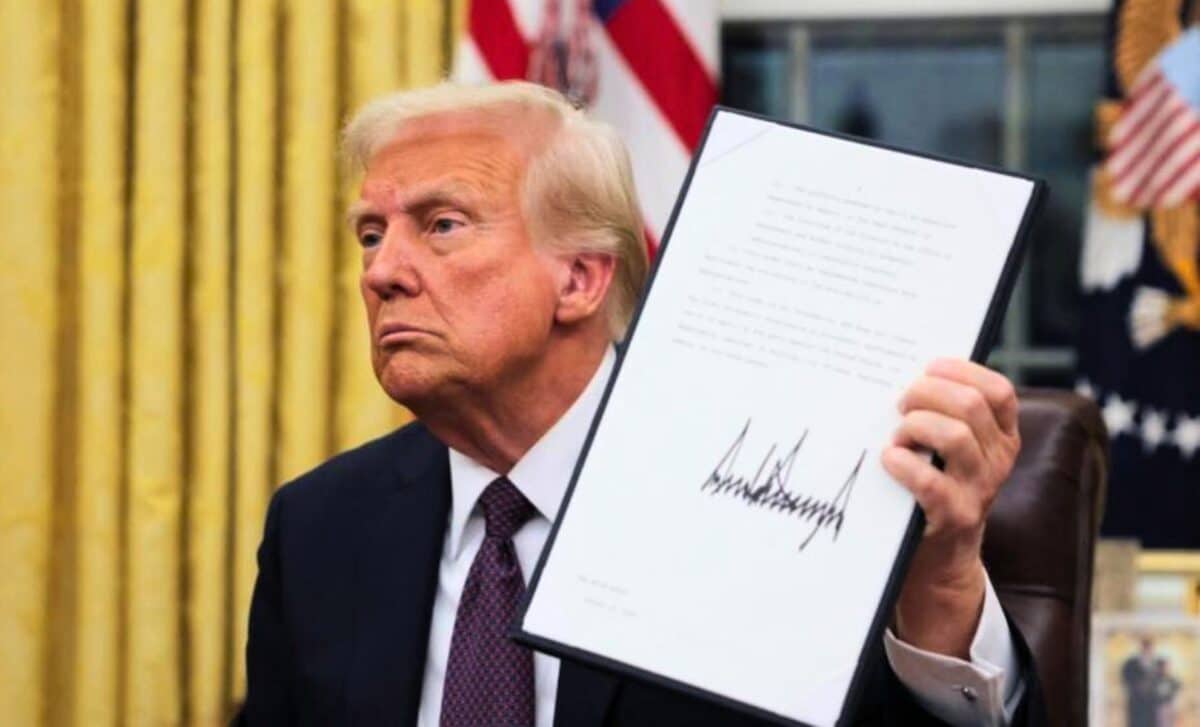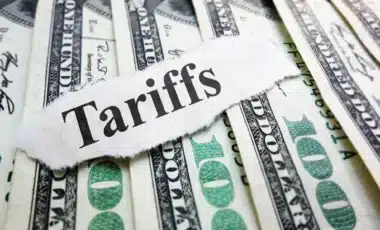President Donald Trump has enacted a new round of tariffs on China, Canada, and Mexico, a move expected to reshape the global trade landscape. The 25% tariffs on imports from Canada and Mexico, coupled with a 10% tariff increase on Chinese goods, mark a significant escalation in the administration’s trade policies.
The decision affects over $1 trillion worth of imports, which in 2022 accounted for more than 5% of the combined GDP of the three nations. Economists and trade analysts warn that the tariffs could lead to higher consumer prices, particularly on food, clothing, and gasoline, while also straining U.S. businesses and farmers.
Economic Consequences for Businesses and Consumers
The Center for American Progress (CAP), a Washington-based policy institute, has raised concerns about the economic ramifications of these tariffs. Colin Seeberger, a senior advisor at CAP, argues that the levies could disproportionately affect low-income households and small businesses, increasing operating costs and making it more difficult to pay employees.
Market analysts suggest that businesses relying on imported raw materials may need to pass higher costs onto consumers, potentially leading to inflationary pressure. Meanwhile, small and mid-sized retailers, particularly those dependent on supply chains linked to Canada and Mexico, could struggle with rising import expenses.
Trade Relations and Geopolitical Tensions
One of the main concerns surrounding these tariffs is that they apply uniformly to all trading partners, regardless of whether a country meets high labor, environmental, or ethical standards.
Critics argue that this approach prevents the U.S. from prioritizing trade agreements with nations that uphold better industry practices, ultimately making global supply chains less adaptable to regulatory improvements.
Another issue is that past trade negotiations under the Trump administration showed that some foreign governments were able to secure tariff exemptions with vague or symbolic commitments, rather than making significant economic or policy changes.
Analysts worry that history could repeat itself, making these tariffs less effective in achieving their intended goals. At the same time, several foreign governments have indicated they may retaliate by imposing tariffs on American products, restricting U.S. exports, or implementing new regulatory barriers.
Countries that rely on trade with the U.S. could use these tactics to counterbalance the financial strain imposed by Trump’s tariffs, which could, in turn, negatively affect American industries that depend on international markets.
Some experts also warn that these tariffs might not necessarily strengthen U.S. businesses in the long run. By increasing import costs, manufacturers that rely on foreign materials may face higher production expenses, making them less competitive.
Market Reaction and Economic Outlook
The stock market reacted immediately to the tariff announcement, with the Dow Jones Industrial Average dropping 685 points (1.6%), the S&P 500 falling 1.3%, and the Nasdaq Composite losing 0.4%.
The decline suggests that investors are concerned about the economic risks posed by escalating trade tensions. If global trade slows due to retaliatory tariffs or shifting supply chains, financial markets may continue to experience volatility.
Business leaders and economists remain divided on whether tariffs are an effective trade tool. Some argue that raising import taxes could give U.S. industries a competitive edge, while others warn that the increased costs could stifle growth, discourage investment, and weaken the country’s trade relationships.









